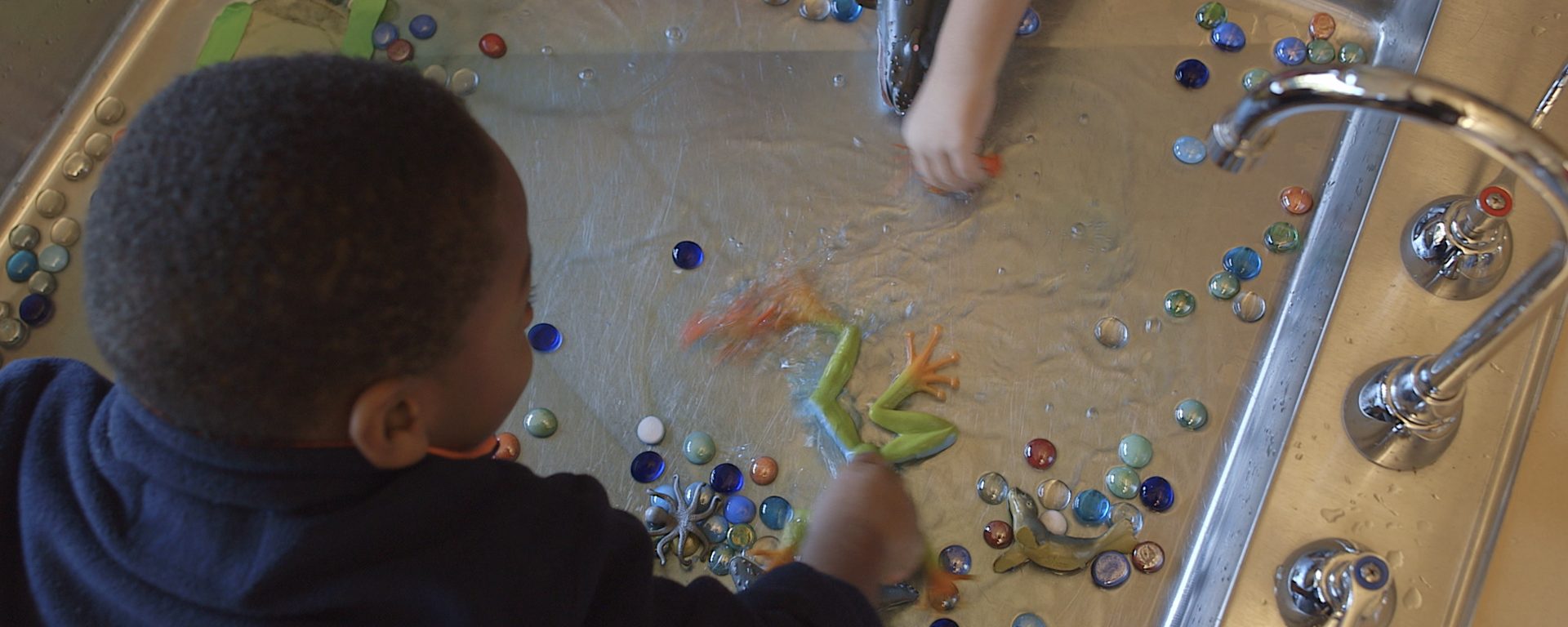Providing children with the resources they need to succeed is a top priority for most parents. Those resources come in all different forms, but one of those valuable resources is a solid learning environment in which children can learn and grow. There are several different learning paths out there, all designed to meet a variety of educational styles and needs. For children who would benefit from a purposeful, self-driven, creative, and reflective learning environment, a Reggio Emilia-inspired school is a fitting choice.
Now, you may be wondering, what is the Reggio Emilia approach? As a parent, this is an important question to ask. The Reggio Emilia Approach is a core philosophy of preschool and primary education, which gives advocacy to children within the classroom. In other words, it puts children at the forefront of their learning experience. Their curiosity is encouraged, and their interests are used to inform their curriculum.
In order to truly define “what is Reggio Emilia?”, though, it’s important to travel back in time to look back at its origins. The Reggio Emilia approach was first developed in Northern Italy, post-World War II, by phycologist and visionary Loris Maluguzzi. She partnered with parents in the village around the Reggio Emilia region to offer children a new, innovative, inspiring learning environment and approach.
Together, Maluguzzi and the parents in the region built new schools for their children. The aim was to provide children with a new way of learning – learning that is self-directed, so that the child’s sense of individuality could be formed earlier in life, beginning from his or her early experience utilizing collaboration and critical thinking skills. In the early 1960s, the first school centered around the Reggio Emilia approach opened. Within a couple decades, about half of the city’s younger children were immersed in a Reggio Emilia learning environment.
Interest in Reggio Emilia began to spread widely in the late 1980s following a local educational conference. People around the world, especially from America, began to ask, “What is Reggio Emilia?”, and interest and adoption of this groundbreaking educational model grew as a result. Since the early 1990s, the United States has recognized this child-directed learning approach as an excellent model of childhood education and development.
What makes the Reggio Emilia approach so special is that it places heavy emphasis on the child’s voice. Children are seen as knowledge bearers and researchers, and teachers are there to support them in their self-directed learning process. In a Reggio Emilia classroom, children are encouraged to express themselves by engaging in a variety of projects, such as playtime, writing, drawing, and building. These activities – involving creativity and critical-thinking – reflect the “Hundred Languages of Children” that sit at the heart of the Reggio Emilia approach. The Hundred Languages of Children are metaphors for the ways in which young children express themselves through movement, touch, listening, observing, and interacting with others.
Now that you understand “What is Reggio Emilia?”, you may be wondering, “What schools near me utilize the Regio Emilia approach?” Riverside Magnet School in East Hartford, Connecticut, is a leading Reggio Emilia-inspired elementary magnet school in the region. At Riverside Magnet, we create opportunities and classroom environments in response to children’s interests, and encourage an environment where children can develop their individuality, creativity, passions, and skillsets all at a young age.
Want to learn more about Riverside Magnet School? For more information visit: www.goodwin.edu/rms. Apply online, sign up for a Parent Information Session, or stop by an Open House.
Goodwin University is a nonprofit institution of higher education and is accredited by the New England Commission of Higher Education (NECHE), formerly known as the New England Association of Schools and Colleges (NEASC). Goodwin University was founded in 1999, with the goal of serving a diverse student population with career-focused degree programs that lead to strong employment outcomes.

